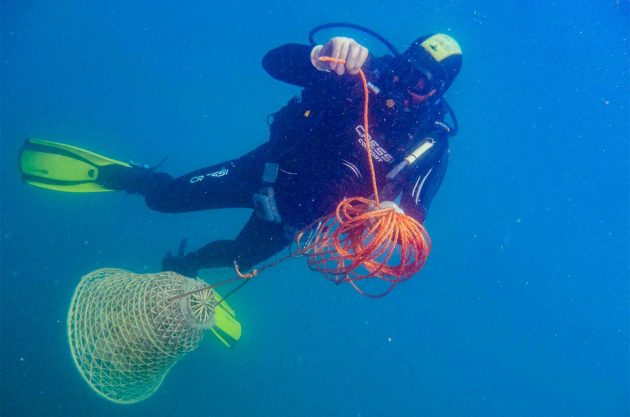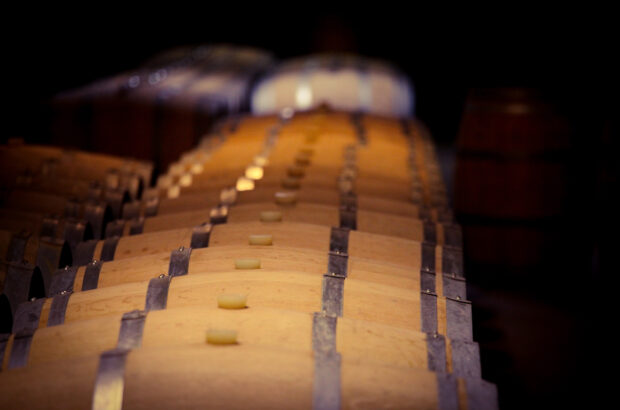Winemaker Antonio Arrighi worked with researchers to make a new, golden-coloured wine named ‘Nesos’ from grapes that had been harvested and submerged under the sea.
The project, which took place in waters around Elba off the Tuscany coast, was intended to recreate an ancient technique once used to make luxury wines for Mediterranean high society.
‘Wines of the wealthy’
Around 2,500 years ago, merchants from Greek island Chios would stop at settlements like Elba and Piombino to trade their wines, which proved a hit on the flourishing international market of Marseille, and later in Rome.
Roman writer Varro described them as ‘wines of the wealthy’, while historian Pliny the Elder reported that the Chios wines were served during a banquet held to celebrate Julius Caesar’s third consulate.
But, Chios winemakers jealously guarded a secret that was thought to make their wines particularly flavoursome; they submerged the grapes underwater.
It’s believed that the grapes absorbed salt from the seawater via osmosis.
Different to a modern cold soak, it’s thought this process removed surface bloom and subsequently helped grapes to dry faster in the sun when placed on racks, which preserved more aromas.

How the wine style was revived
The 21st century revival was led by Arrighi winery on Elba in cooperation with Attilio Scienza, professor of viticulture at the University of Milan and who recently worked on the recreation of Leonardo da Vinci’s wine.
Angela Zinnai and Francesca Venturi, lecturers in viticulture and oenology at the University of Pisa, also worked on the project, which saw grapes placed in wicker baskets and submerged in the sea for five days at a depth of around 10 metres.
The team used the Ansonica grape variety, also known as Inzolia.
Their next step was to remove the stalks and place the grapes in terracotta jars along with their skins.
The small amount of salt present in the grapes was found to work as an antioxidant and disinfectant agent, which meant the team considered there was no need for sulphites.
Ansonica grapes have naturally moderate acidity, but levels were lower due to the salt present in the grape.
However, the phenolic content of the wine kept acidity in balance. Analysis by the University of Pisa demonstrated that the total phenol content in the ‘vino marino’ was around double that of conventional white wines.
What does Arrighi’s underwater Nesos wine taste like?
The finished wine is gold in colour, with yellow apple fruit scents followed by peat and seaweed aromas, as well as broom flowers typical of Elba.
It is textured, delicate and refreshing, with a savoury olive finish. The 2018 harvest yielded only 40 bottles of Nesos, but the 2019 vintage, which is still in terracotta jars on skins, is set to be larger.







